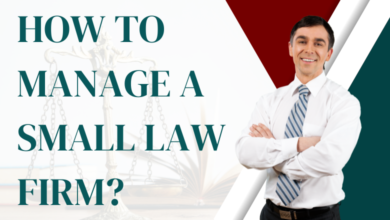What is the Insurance Gap ?

GAP coverage (also known as guaranteed asset protection or gap insurance) pays for the difference between what your car is worth and how much you still owe on your loan or lease. Often, dealerships and lenders offer this coverage as part of your financing or lease contract.
However, you can also purchase gap coverage separately from your auto insurer or through a car dealer. Here are some things to keep in mind:
It pays the difference between the actual cash value of your vehicle and the amount you owe on your loan or lease.
You can typically add gap insurance to a new or existing car insurance policy, as long as you have comprehensive and collision coverage. Gap insurance pays the difference between your vehicle’s actual cash value (ACV) and what you owe on your loan or lease, minus your insurer’s deductible.
Let’s say you buy a brand-new SUV that’s worth $25,000, and put $20,000 down on it. But a year later, the SUV is stolen and totaled in an accident. Your insurer’s Blue Book valuation of your SUV is now $25,000, but you still owe $25,000. That’s the gap that gap insurance would fill.
You can reduce your need for gap insurance by doing a little research before buying a car. Or, you can cancel your gap policy once you pay down enough of your loan that it matches the car’s value – usually in less than two years. Ask your auto insurance provider how much you will need to pay in order to cancel your gap policy.
It’s not required by your lender.
Most lenders do not require gap coverage. However, some auto insurers, such as USAA, may include it in a lease or financing contract. Check your coverage paperwork to see if this is the case.
If your car is totaled in an accident or stolen and its actual cash value (ACV) doesn’t fully cover the remaining balance on your loan or lease, gap insurance helps make up the difference. It typically costs 5% to 7% of your comprehensive and collision premium, about $5 per month on average.
Gap insurance isn’t necessary for drivers who paid for their vehicle with cash or made a large down payment. However, if you financed your car or leased it and your down payment was small or your loan term is long, gap insurance might be worth the investment. Compare gap insurance rates to find out if it’s right for you.
It’s not offered through a typical insurance package.
GAP insurance covers the gap between what your car is worth and how much you owe on it. Typically, it must be paired with collision and comprehensive coverage. If you buy it through your insurance provider, AAA estimates that it costs about 5% to 7% of your annual policy premium. Car dealerships or auto lenders generally charge more for it, though.
Gap insurance can make sense for anyone who leases or finances a vehicle and is worried that the value of their vehicle might decline before they pay off their loan or lease. It’s especially useful if they make a low down payment or choose a long loan term. It also makes sense for drivers who are “under water” on their loans, meaning they owe more than the car’s actual cash value. However, it may not be necessary for everyone, especially if they are able to afford any remaining balance out of pocket. Also, consider alternatives like better car replacement policies or loyalty discounts from your insurance company.
It’s not a new car replacement policy.
GAP insurance (or guaranteed asset protection) is an add-on car coverage that can bridge the gap between a vehicle’s value and what you still owe on your loan or lease. Typically, your insurance company will provide you with a payout of the actual cash value minus your deductible. This money can then be used to pay your lender in the event of a total loss.
Suppose you bought a new car and it was totaled after being damaged by a severe storm. Your car may only be worth $15,000 due to its depreciation, but you’ll still owe $20,000 on your financing contract. Without gap insurance, you’d have to pay the difference out of pocket.
Dealerships and lenders often offer gap insurance, but you can also purchase it through your auto insurer. Most standard car insurance companies include gap coverage with collision and comprehensive, which only adds about $20 per year to your premium. Buying gap insurance through the dealership or lender will cost you more upfront and in the form of interest.




